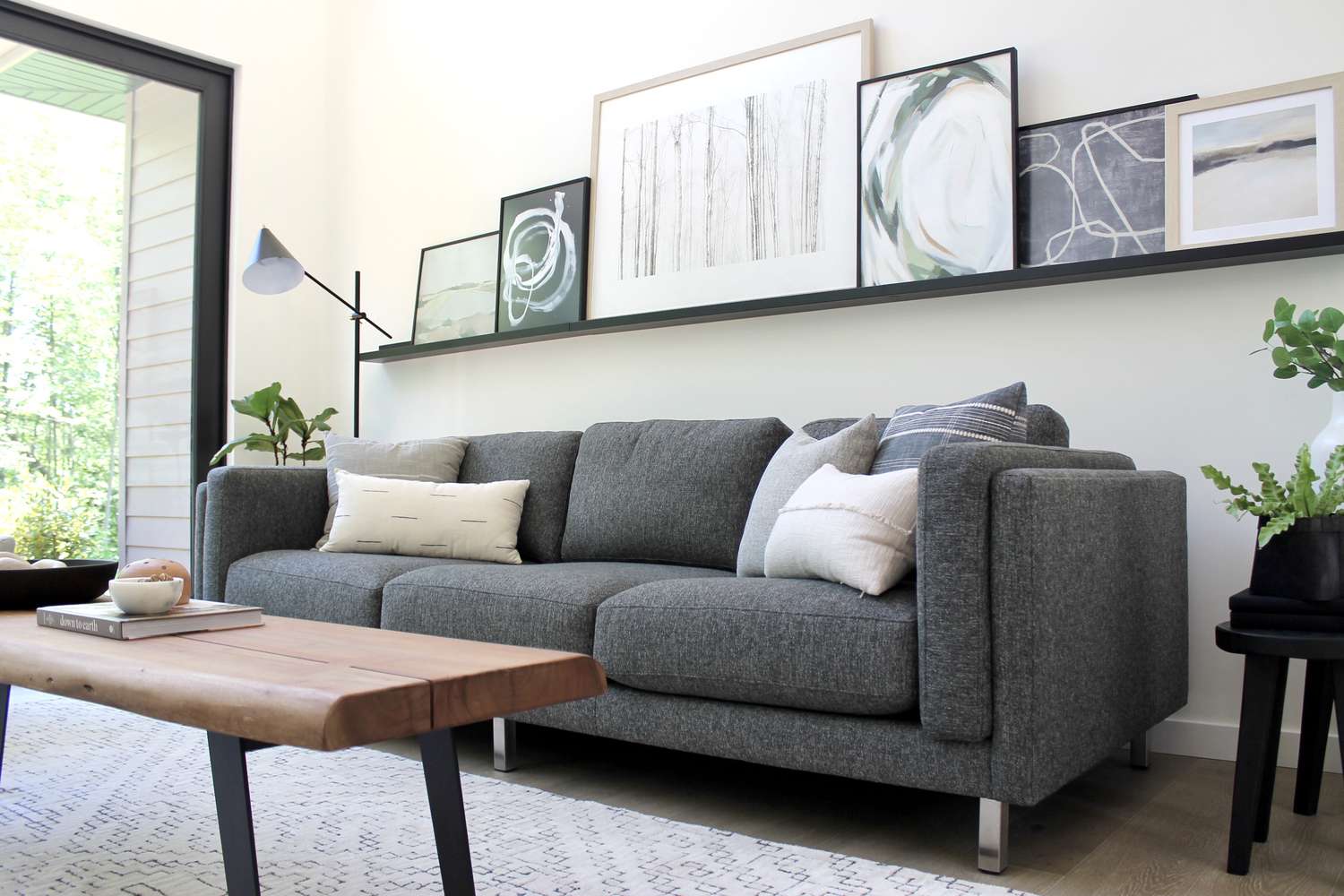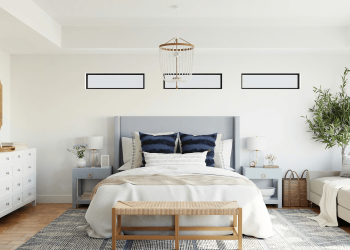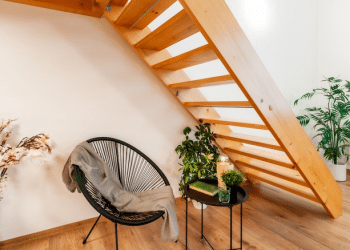Table of Contents

Choosing the right sofa is a critical decision in home furnishing. It’s not just a centrepiece in your living room; it’s a hub of comfort, style, and functionality. This listicle offers ten essential tips to help you select the perfect sofa that complements your space, meets your needs, and enhances your home’s overall aesthetic.
1. Measure Your Space
Before you start sofa shopping, measure your living space. Consider the size of the room and the ideal placement of the sofa. Ensure there’s enough space to move around comfortably. Remember, a sofa that’s too large can overwhelm the room, while one that’s too small may look out of place.
2. Identify the Sofa’s Purpose
Determine how you’ll primarily use the sofa. Is it for everyday family use, formal entertaining, or maybe as a guest bed? For multifunctional use, consider a sleeper sofa. If it’s for family gatherings, a sectional might be ideal. Understanding its primary function will guide you in choosing the right style and size.
3. Choose a Suitable Frame Material
The durability of a sofa largely depends on its frame. Hardwood frames are sturdy and long-lasting, whereas metal or plastic frames might not endure heavy use. Kiln-dried wood frames resist warping and cracking, making them a superior choice for longevity.
4. Select the Right Upholstery Material
Upholstery material affects both the appearance and functionality of your sofa. Leather is durable and easy to clean but can be expensive. Fabrics like cotton or linen offer comfort and come in various colours and patterns but may require more maintenance. For households with pets or children, consider stain-resistant and durable materials.
5. Consider Sofa Style and Design
The style of the sofa should complement your room’s décor. A classic Chesterfield adds elegance to traditional décor, while a minimalist sofa suits modern interiors. Think about details like arm style, tufting, and cushion type, which contribute to the sofa’s overall aesthetic and comfort.
6. Comfort is Key
Test the sofa for comfort. Check the seat depth and height, ensuring they align with your comfort preferences. Cushions should be firm and regain their shape after sitting. The backrest and armrests should offer adequate support.
7. Look for High-Quality Cushions
Cushions impact both comfort and durability. Foam cushions offer good support and retain shape well, but they can be firm. Down-filled cushions are plush but require regular fluffing. A combination of foam and down can provide both comfort and support.
8. Assess the Suspension System
A sofa’s suspension system contributes to its comfort and durability. Hand-tied springs are a sign of high-quality construction, offering firm and even support. Sinuous spring systems are common in modern sofas and provide good support but may sag over time.
9. Colour and Pattern Choices
Select a colour or pattern that fits your room’s colour scheme and your lifestyle. Neutral colours are versatile and can adapt to various decors. Bold colours and patterns make a statement but consider their longevity in your design scheme. Removable covers can be a practical choice for easy cleaning and updating the look.
10. Consider the Sofa’s Lifespan and Warranty
Think about the expected lifespan of the sofa and check for warranties. A high-quality sofa should last for many years, so consider it an investment. Read the warranty terms to understand what’s covered, as this can provide insight into the sofa’s quality and the manufacturer’s confidence in their product.
Summary
Selecting the right sofa involves careful consideration of space, functionality, materials, comfort, and style. By following these ten tips, you can find a sofa that not only suits your home’s aesthetics but also provides the comfort and durability you need. Remember, the right sofa can elevate your living space, making it a cozy and inviting haven for you and your guests.







